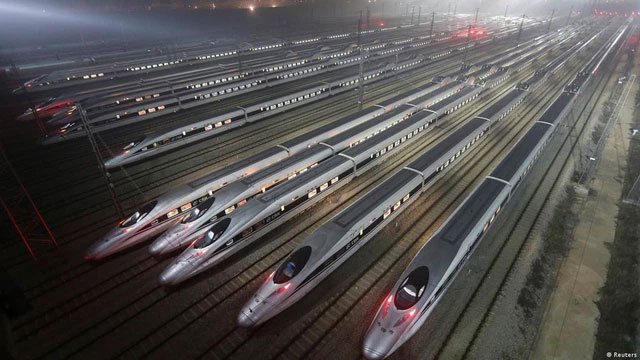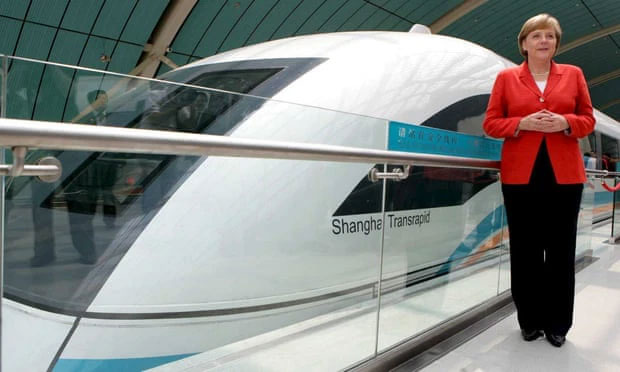To maintain the economic strength of the nation, international trade efforts are always prioritized. With a major project like the 13,000 km railway connecting China and the United States, humanity will witness a “silk railway” that promises unimaginable benefits. However, it is clear that things are not that simple…
In 2014, a series of major news outlets reported on the railway being constructed by China. If successful, this would be a significant achievement that strengthens the friendship between the two superpowers, while also boosting trade, tourism, and improving numerous environmental factors. However, many years later, the future of the project remains uncertain.
From China to the U.S. in Two Days
The 13,000 km railway will travel from China through Russia, to Canada, and finally to the United States. When crossing the Bering Strait, the narrow waterway connecting the Pacific and Arctic Oceans, the train will need to use an underwater railway to complete its journey.
When asked, Chinese officials affirmed the feasibility of the project. According to China Daily, China possesses sufficient resources and advanced technology to realize this incredible route.

We will be able to travel across continents in just 2 days with this railway.
“Right now, we are already discussing it. Russia has also considered this project for many years,” said Wang Mengshu, a railway expert at the Chinese Academy of Engineering in an interview with The Guardian.
By taking a shortcut through the Bering Strait to North America, we will be able to travel across continents in just 2 days.
Will the Railway Connecting China and the U.S. be Environmentally Friendly?
Typically, trains on tracks are considered the most environmentally friendly form of public transportation. Trains can carry tens of thousands of passengers while emitting significantly less than cars. Estimates suggest that trains emit 14g of CO2 per passenger per kilometer, while airplanes emit up to 285g.
High-speed railways, used for both passengers and freight, are efficient. A train powered by renewable energy would provide even higher efficiency.

Data shows that high-speed trains are environmentally friendly.
But How Feasible is it?
According to The South China Morning Post, the estimated cost is up to $200 billion. This substantial amount is one of the many reasons the project has been delayed until now. However, considering China’s already impressive railway system, with a total length of 37,000 km, the ambitious project remains theoretically feasible.
Moreover, China possesses the fastest commercial maglev train system in the world. Connecting Shanghai’s Pudong Airport with the Shanghai subway system, this train operates using superconducting magnet technology, allowing Chinese citizens to travel quickly between urban and suburban areas.
From an environmental perspective, using trains as public transportation will help reduce greenhouse gas emissions generated by transportation activities. A report published in 2019 indicated that high-speed rail has helped “reduce environmental pollution in China by 7.3%.”

German Chancellor Angela Merkel riding China’s maglev train in 2006.
Despite the numerous benefits, the China-Russia-Canada-U.S. railway remains an expensive project. Many argue that the railway is unnecessary when existing air routes and shipping lanes serve the same purpose; it may be better to continue utilizing them rather than spending $200 billion on a transcontinental railway.
Furthermore, the project would require cooperation between countries with complex political relationships. This presents another obstacle to turning the dream railway into reality.
At this point, the transcontinental railway, with a segment of track underwater, remains just a dream.


















































